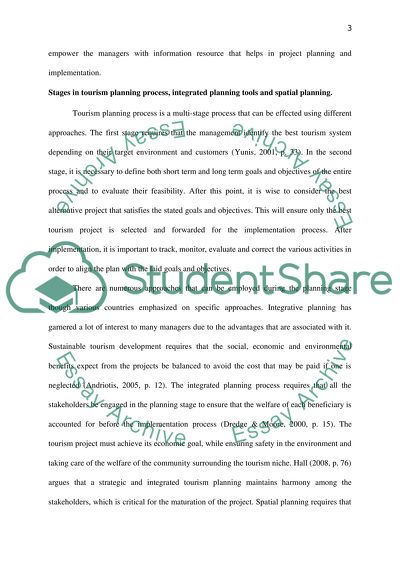Policy and Planning Essay Example | Topics and Well Written Essays - 750 words. Retrieved from https://studentshare.org/tourism/1485041-policy-and-planning
Policy and Planning Essay Example | Topics and Well Written Essays - 750 Words. https://studentshare.org/tourism/1485041-policy-and-planning.


